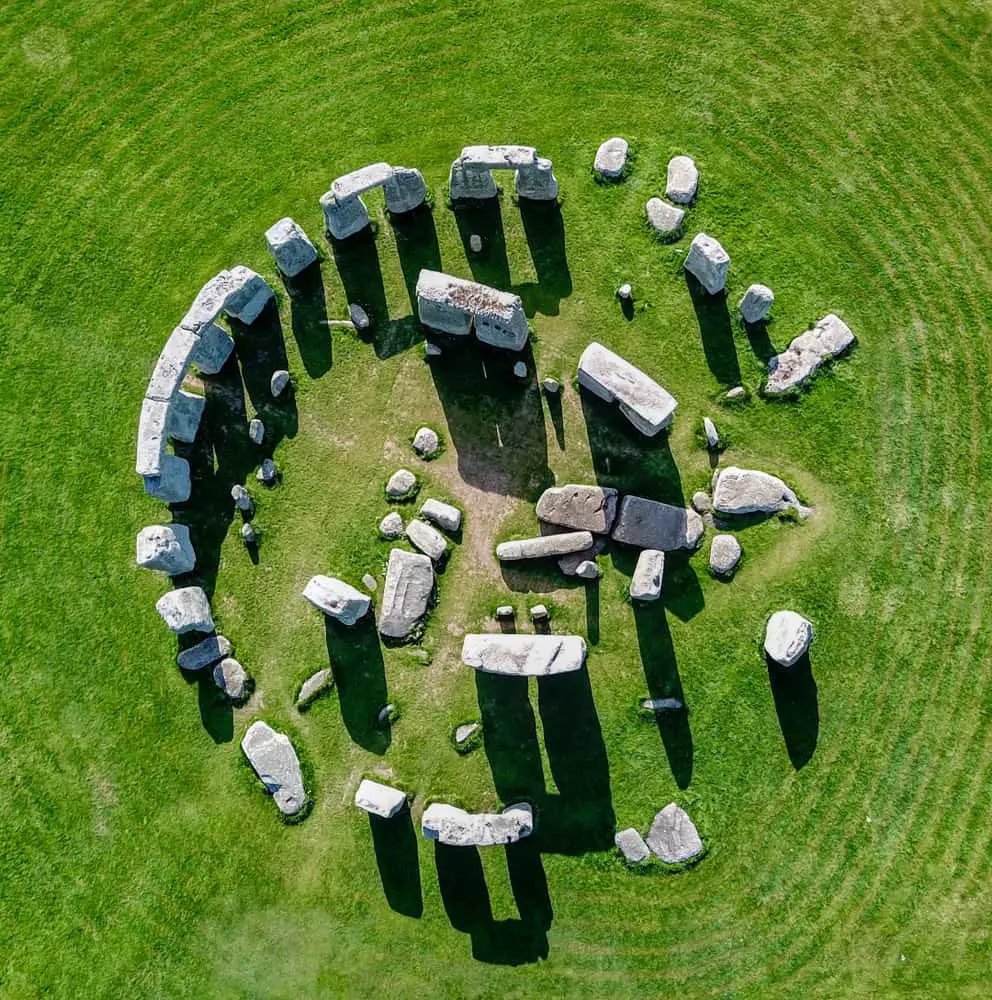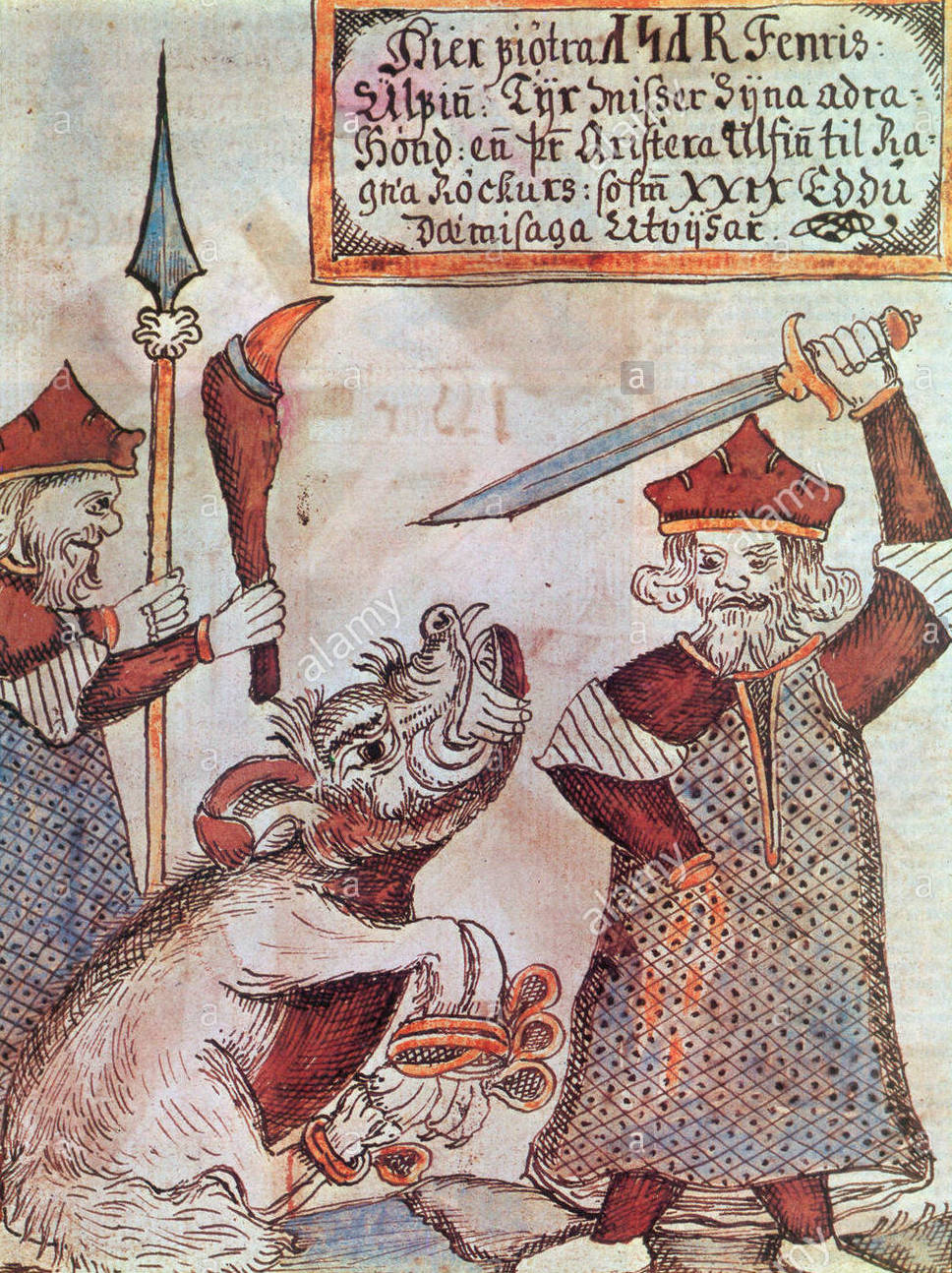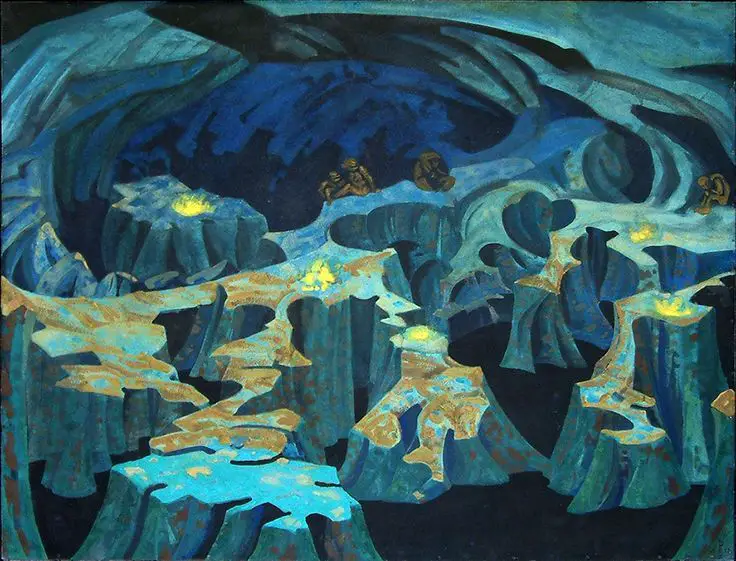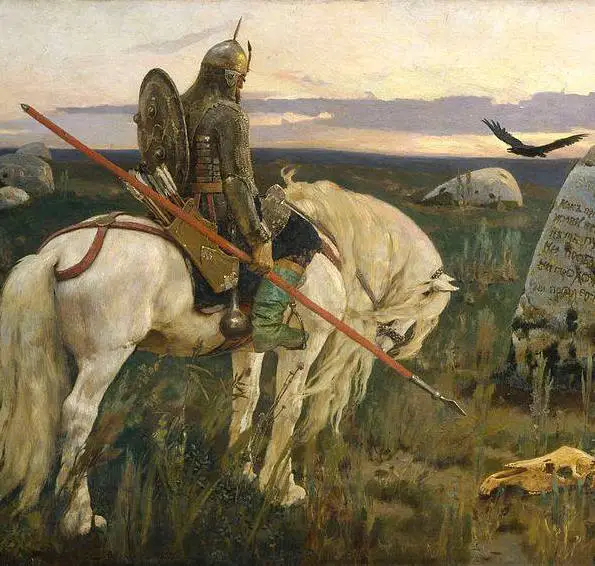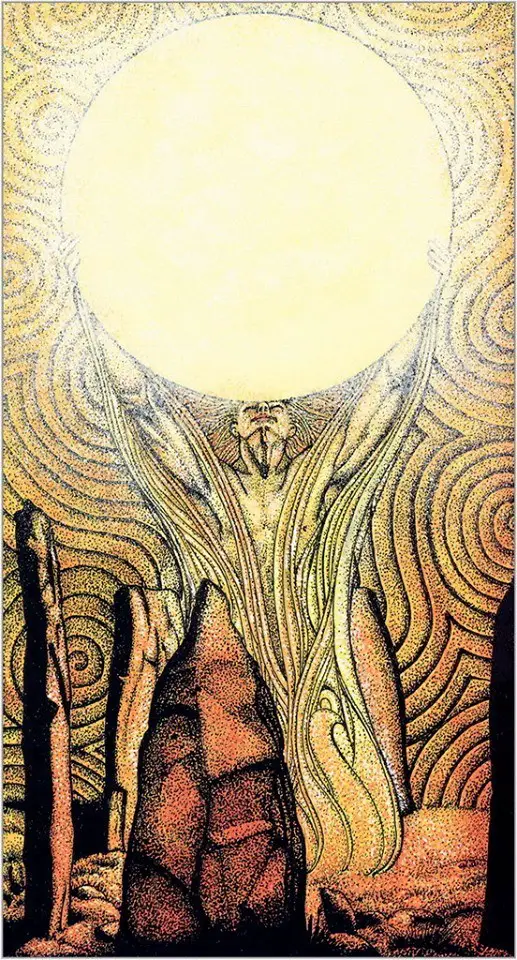Tag: Indo-Europeans
Odhinn and Týr: war, law and magic in the Germanic tradition
Notes on mythical sovereignty in the Germanic tradition: a comparison between the two divinities (Odhinn and Týr) assigned to the ambit, from the point of view of the "Indo-European functional tripartite division", of the so-called "First function" - in the light of the historical evidence emerging from Tacitus's “Germany” and of comparative studies (with the Vedic and Roman traditions) of the French historian of religions Georges Dumézil.
The myth of concealment in Eurasian traditions
Brief excursus along the historical, philosophical and religious path through which the theme of the concealment of the divine in the great Eurasian space developed: a theme that once again demonstrates the primordial spiritual unity of this vast inner continent
Cimmerians, Scythians and Sarmatians: the Iranian peoples of ancient Eurasia
Journey to discover the ancient Indo-European populations of warrior knights who occupied, during the Iron Age, the vast territory between Eastern Europe, the Caucasus and the steppes of Central Asia
The ancient roots of the Indo-Europeans
Scattered notes on the origins and position of our ethnolinguistic family within the framework of traditional history. Summary of the conference held on Friday 27 January 2017 at Trieste.
The festival of Lughnasadh / Lammas and the Celtic god Lugh
In ancient times, among the Celtic populations, at the beginning of August Lughnasadh / Lammas was celebrated, the festival of the first harvest, established according to the myth by the god Lugh himself. An analysis of the functions of the latter will allow us to highlight its remarkable versatility and correspondences with other divinities of the Indo-European traditions (such as Apollo, Belenus and Odin) and even with two divine powers of the Judeo-Christian tradition apparently opposed to each other. : Lucifer and the archangel Michael.
Enigmas of the Mediterranean: the Guanches, the 'Peoples of the Sea' and Atlantis
An attempt at classification (cultural, anthropological and genetic) of the mysterious population of the Guanches, ancient inhabitants of the Canaries, and a look at the Hellenic myths concerning the "Fortunate Islands" and the 'mythical' war against Atlantis
The primordial and triple god: esoteric and iconographic correspondences in ancient traditions
di Marco Maculotti
In ancient traditions around the world we find reference to a god of origins, who came into existence before all else, creator of all that is manifest and equally of all that is unmanifest. The most disparate mythical traditions depict the primordial god as containing all the potentials and polarities of the universe, light and darkness, spirit and matter, and so on. For this reason, he is often represented with two faces (two-faced Janus) or even with three (Trimurti Hindu). However, more often than not he is considered invisible, hidden, difficult to represent except in an allegorical, esoteric form, which often refers to the union of the luminous and fiery principle, 'masculine', with the dark and aqueous, 'feminine' . In the traditions of the whole world, this primordial god is not honored with a cult of his own, since it is believed that he now lives too far from man and human affairs do not concern him: for this reason, this maximum deity is often spoken of as of a deus otiosus.
The mysterious Natchez Indians, Children of the Sun
Among the myriad of populations that once inhabited the vast prairies of North America, the Natchez of the Southern Mississippi Valley. In fact, although belonging to the confederation of Cree tribes of the Muskogee language, they spoke a peculiar dialect and very distinct from that of the other populations of the South-East, called Natchesan. From the few sources that history has handed down to us it seems that their culture, of a sedentary type, was born around 700 AD and that it was strongly influenced by the great Mesoamerican civilizations, especially as regards the cult of the Sun — and of the deified ruler as his son—And the voluntary practice of immolation as a practice worthy of the highest honor.
Guido von List and the magical-religious tradition of the Ariogermans
At the turn of the nineteenth and twentieth centuries, using an approach halfway between the anthropological and the occult, the Viennese scholar Guido von List attempted a reconstruction of the Germanic Urgrund, analyzing the more esoteric aspects of the cosmogony and pre-Christian religion of the ancient Central European peoples .
di Marco Maculotti

